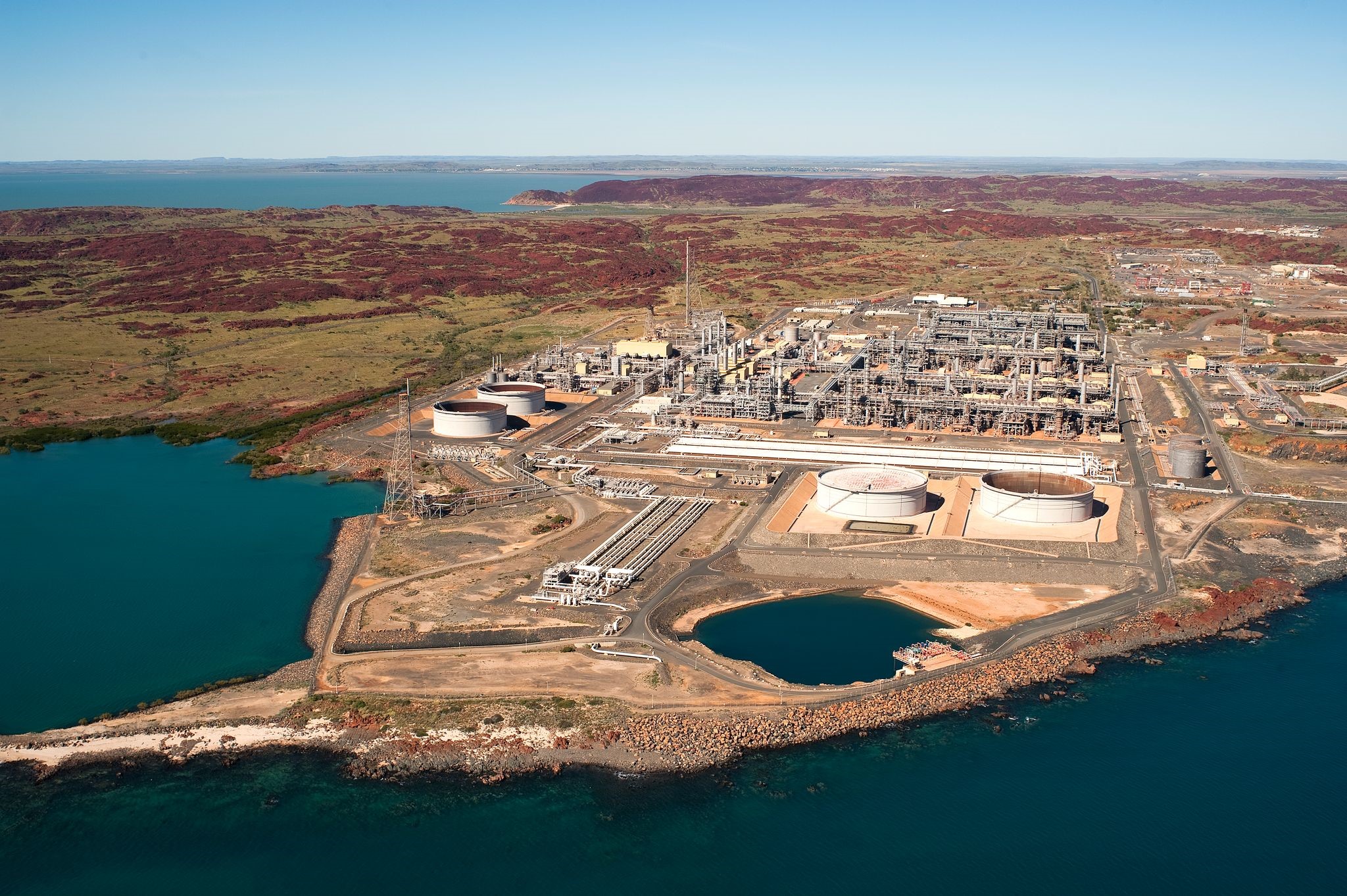A unit of LNG giant Shell has completed its previously announced deal with BP to sell a 27 percent stake in the Woodside-led Browse project in Australia.
“Shell Australia has completed the sale of our interest in the Browse project to BP as was announced on April 29, 2023,” the company said in a short statement.
Shell’s unit did not provide any further information.
The company announced in a statement issued on April 29 that Browse remains “an important Australian resource which if developed will provide much needed energy to customers as the energy market transitions towards lower carbon energy.”
“Shell regularly assesses its portfolio to inform capital allocation and maximize returns and performance however, the Browse asset is no longer a strategic fit in the context of Shell’s global portfolio,” it said at the time.
The firm did not disclose any financial details regarding the deal.
BP Developments Australia, a unit of BP, now has a 44.33 percent stake in the project.
Japan Australia LNG, a joint venture of Mitsubishi and Mitsui, owns a 14.4 percent stake, while PetroChina International has a 10.67 percent.
Woodside leads the project with a 30.60 percent stake.
Sending gas to Karratha plant
The Australian LNG firm said in September last year that it was progressing with its plans to send natural gas from the Browse Basin offshore Western Australia to North West Shelf’s Karratha gas plant on Burrup peninsula.
Woodside and its partners are proposing to develop the Brecknock, Calliance, and Torosa fields located approximately 425 km north of Broome in the offshore Browse Basin.
The proposed development concept includes two floating production storage and offloading (FPSO) facilities delivering 11.4 Mtpa of LNG/LPG and domestic gas, and an about 900 km pipeline to existing NWS project infrastructure.
The Karratha gas plant in Western Australia, part of the NWS project, shipped its 6000th cargo of LNG in September last year.
It has five LNG trains with a capacity of 16.9 million tonnes per year. Also, it features domestic gas trains, condensate stabilization units, and LPG units.
Australia’s oldest LNG plant has been liquefying gas from fields located off the north-west coast of Australia since 1989.
However, these fields are running out of gas and the project is now shifting its focus towards a different business model aimed at processing gas from third parties.
Woodside CEO Meg O’Neill said during the company’s recent investor briefing that the company needs “three things for Browse.”
“We need a carbon solution; we need kind of clarity on our ability to obtain environmental approvals; and we need commercial agreement to process Browse gas through the North West Shelf,” she said.
O’Neill said that Woodside has made “really good progress” on a carbon solution and the company continues to work with the governments on environmental approvals.
“Those applications have been with the regulators for several years now and we continue to try to move them forward but it is a bit of a challenging environment,” she said.
“And thirdly, we are in active discussions between the Browse JV and North West Shelf JV on a potential tolling agreement. So, we continue to work on the things that are critical path,” she said.

